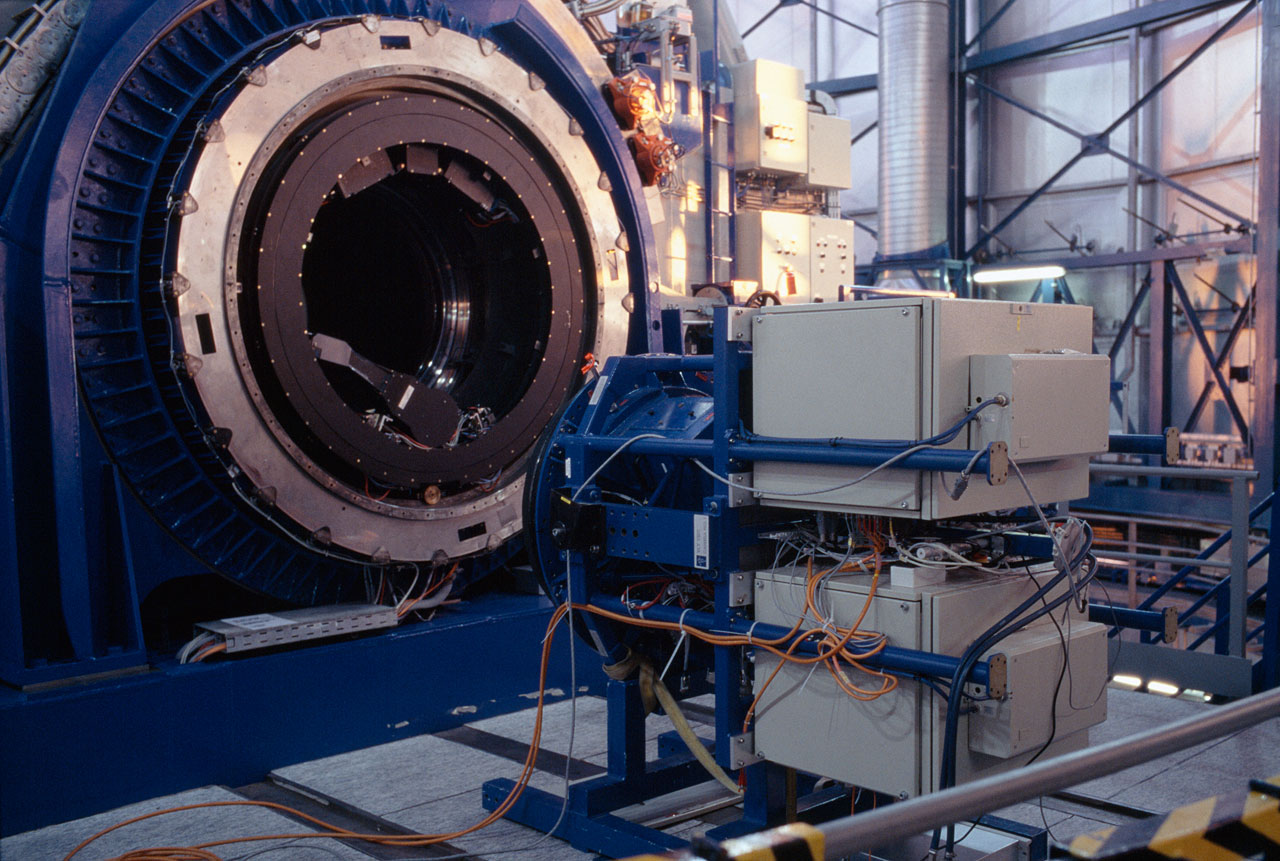VLT Test Cameras
When ESO’s Very Large Telescope was built, each of the four Unit Telescopes and their instruments had to undergo a test and commissioning phase, during which all systems were thoroughly tested and tuned, before entering Science Verification (SV) phase. These commissioning and verification phases were conducted with the VLT Test Cameras, two custom-built instruments placed either underneath the primary mirror at the Cassegrain focus or at the Nasmyth foci on each side of the telescope.
During the Science Verification phase of the first telescope, Unit Telescope 1 (UT1), Test Camera A was used to undertake a series of scientific observations solicited from the community. This phase took place on 17–31 August 1998. Nearly 100 hours of observations and on-sky calibrations were obtained, which were promptly released to the whole ESO community.
The first target was a globular cluster, followed by all possible types of astronomical objects, from distant galaxies and quasars to pulsars, star clusters and solar system objects (eso9842).
The VLT Test Cameras were used to commission the foci of all four Unit Telescopes with upcoming instruments.
VLT Test CamerasThe authoritative technical specifications as offered for astronomical observations are available from the Science Operations page.
|
